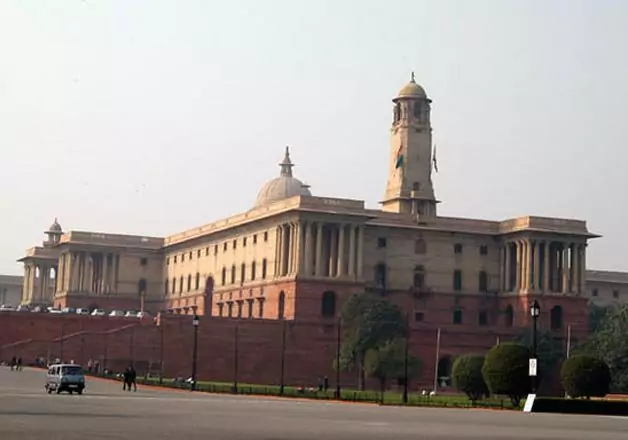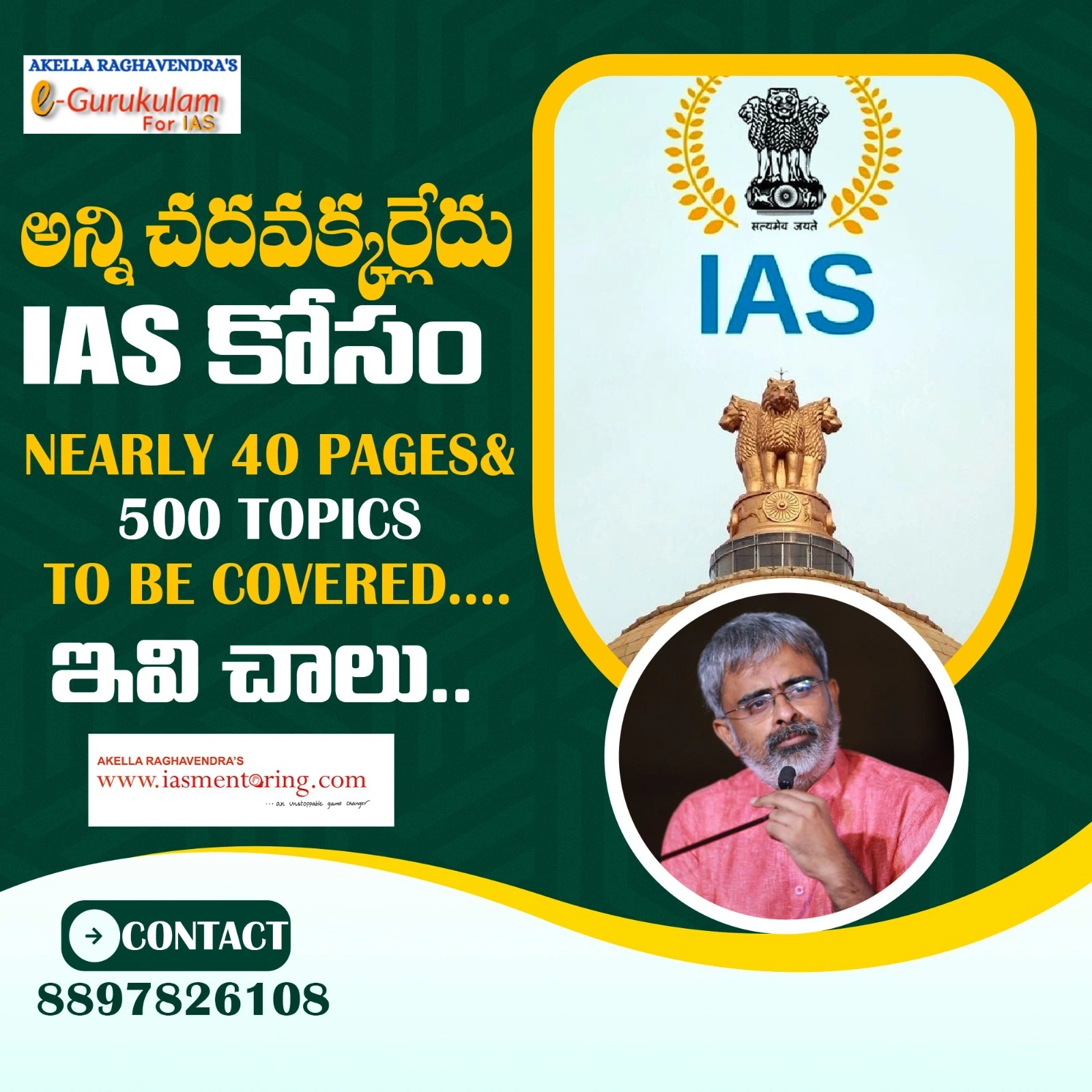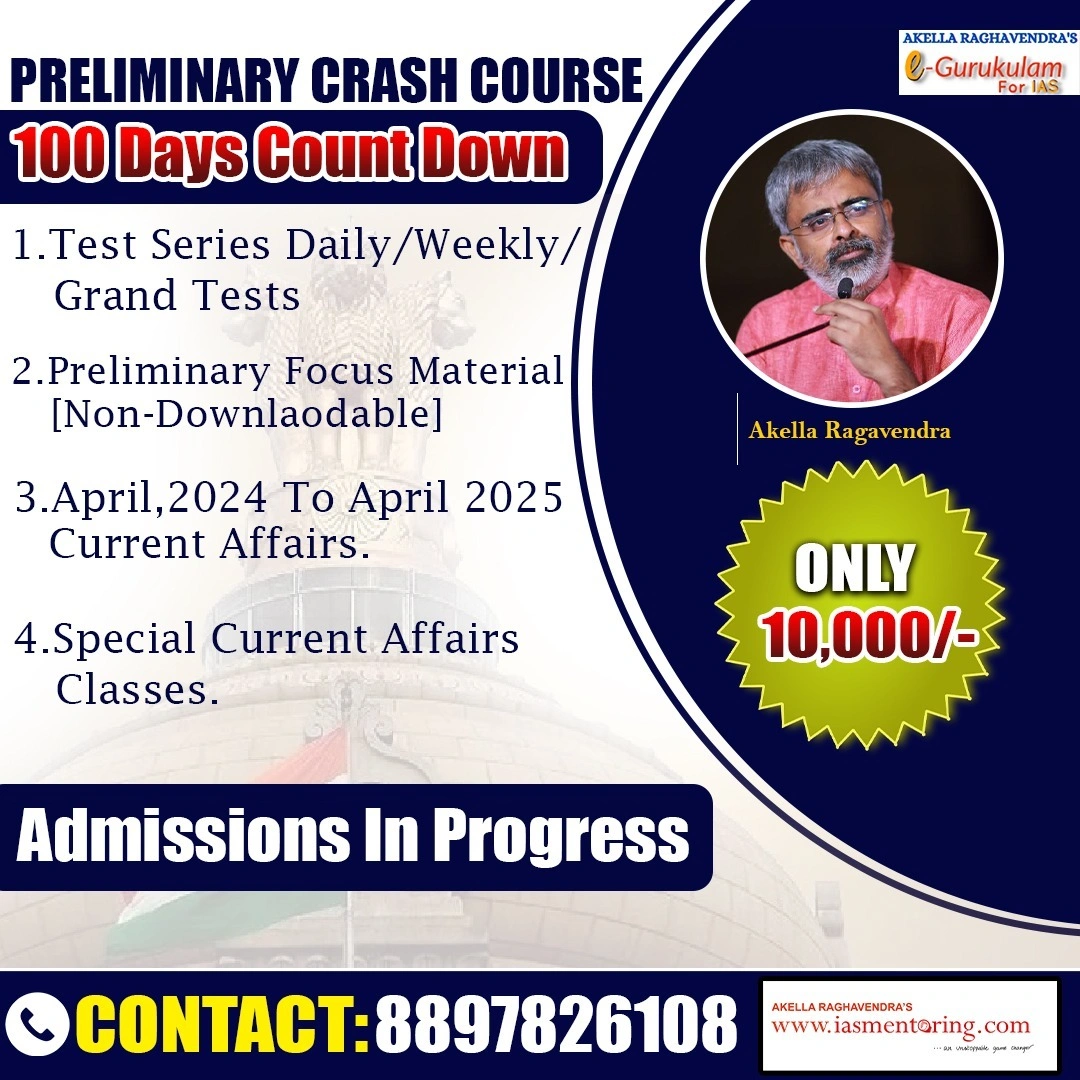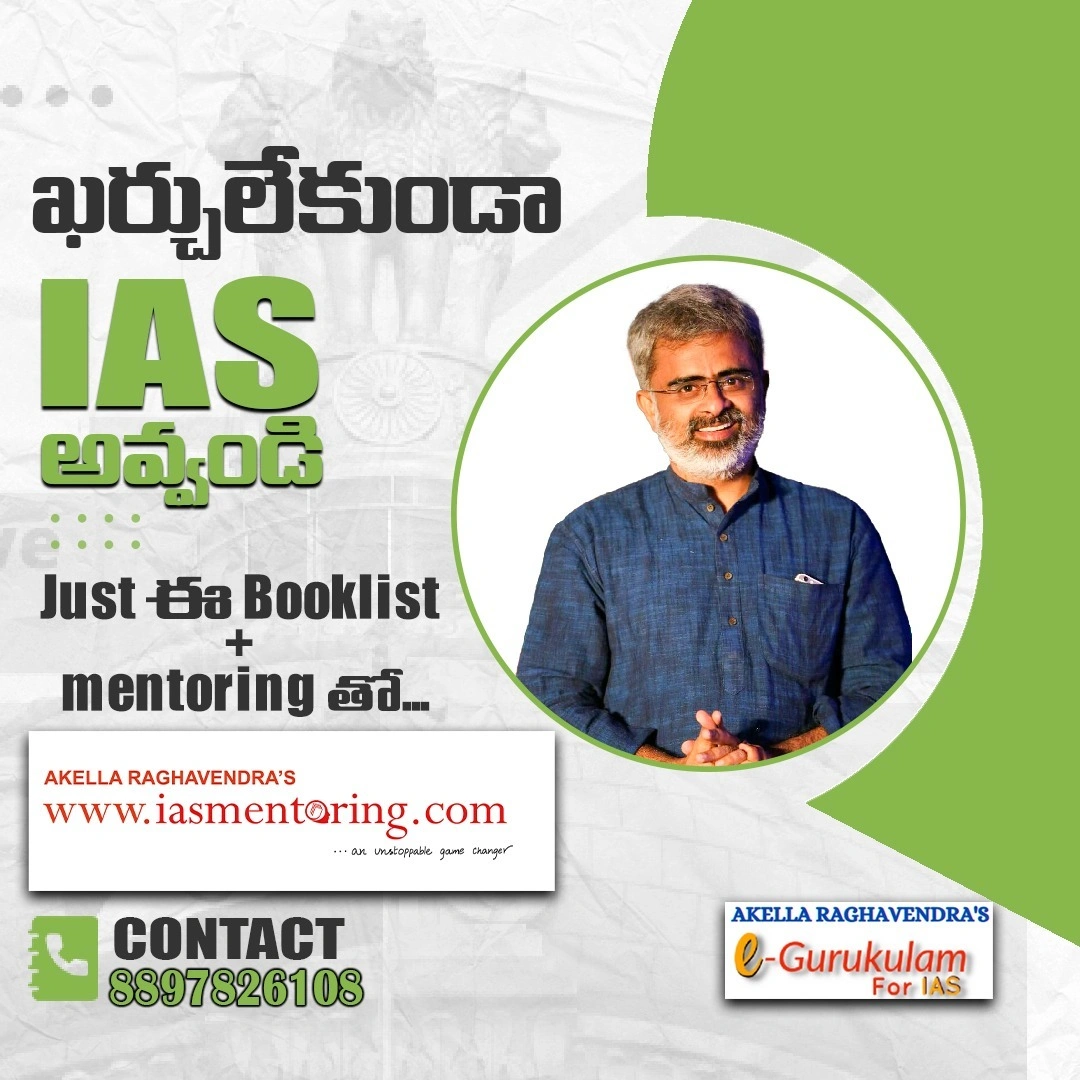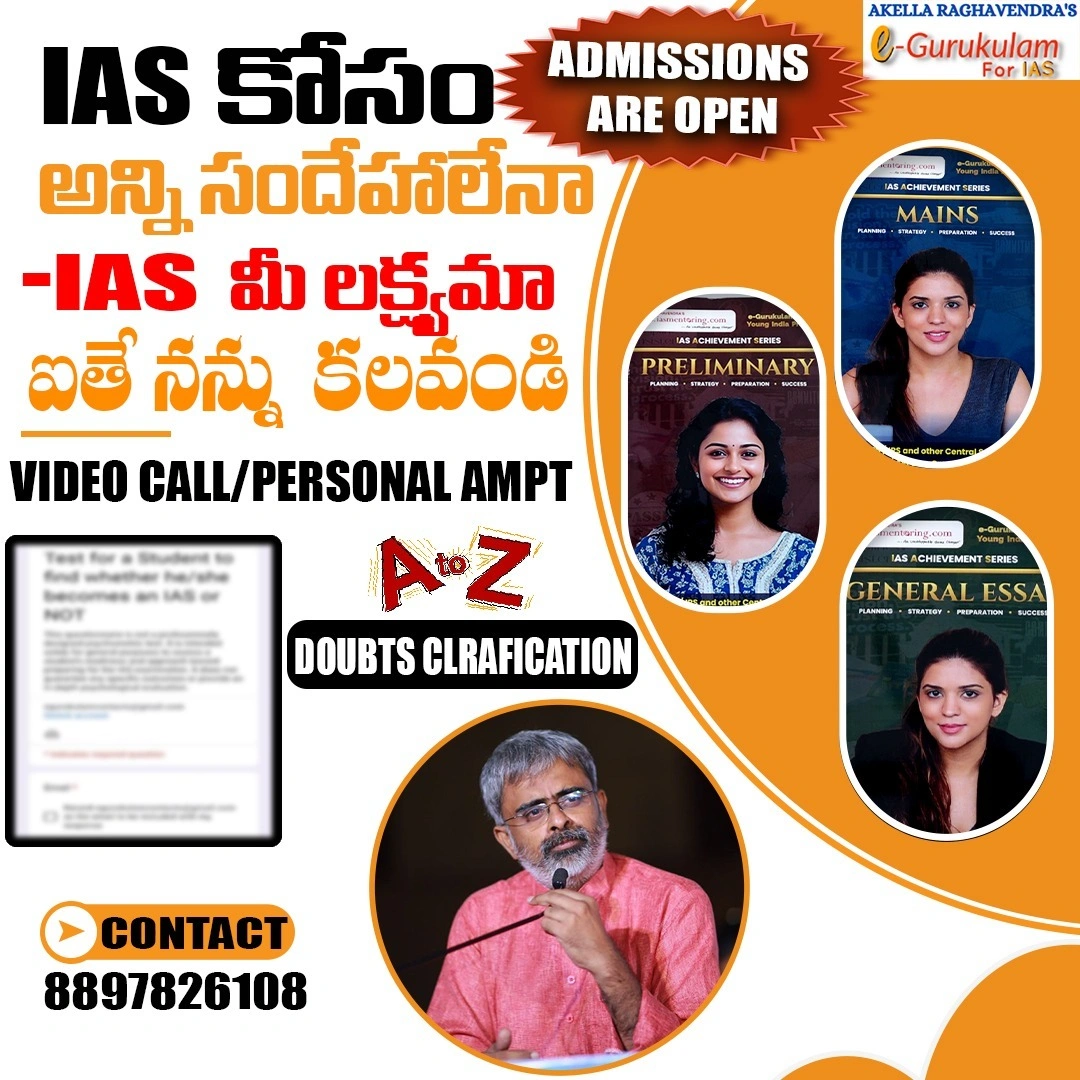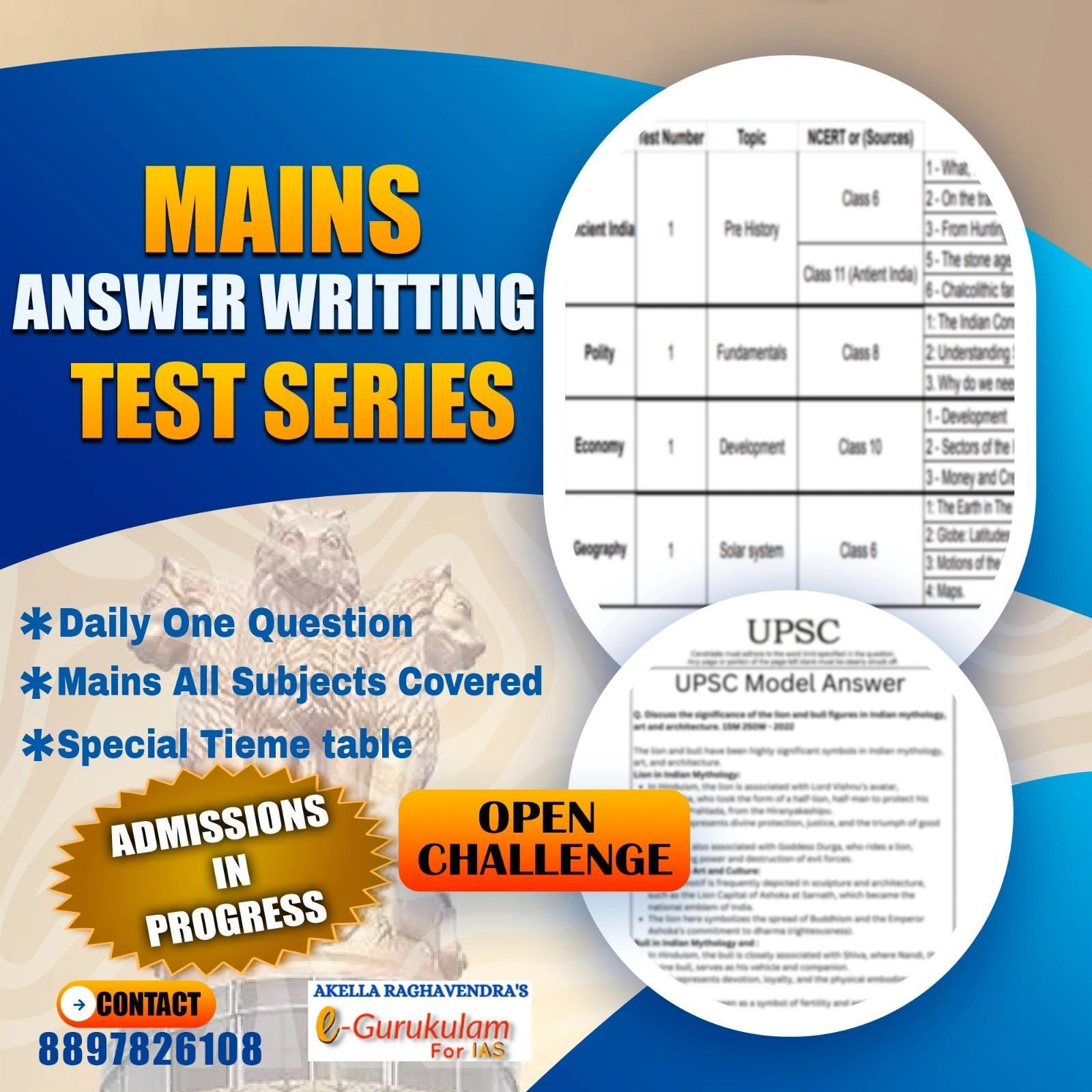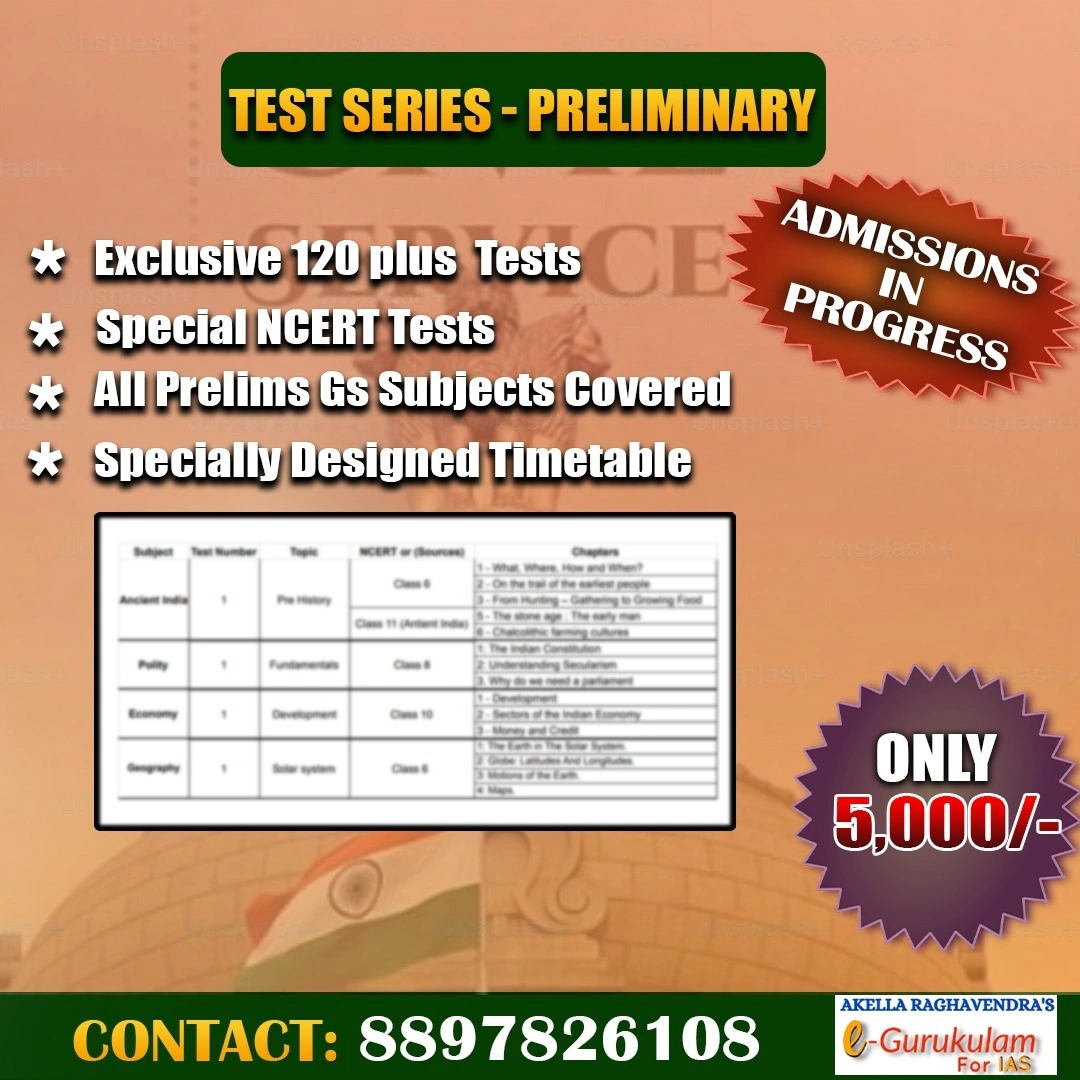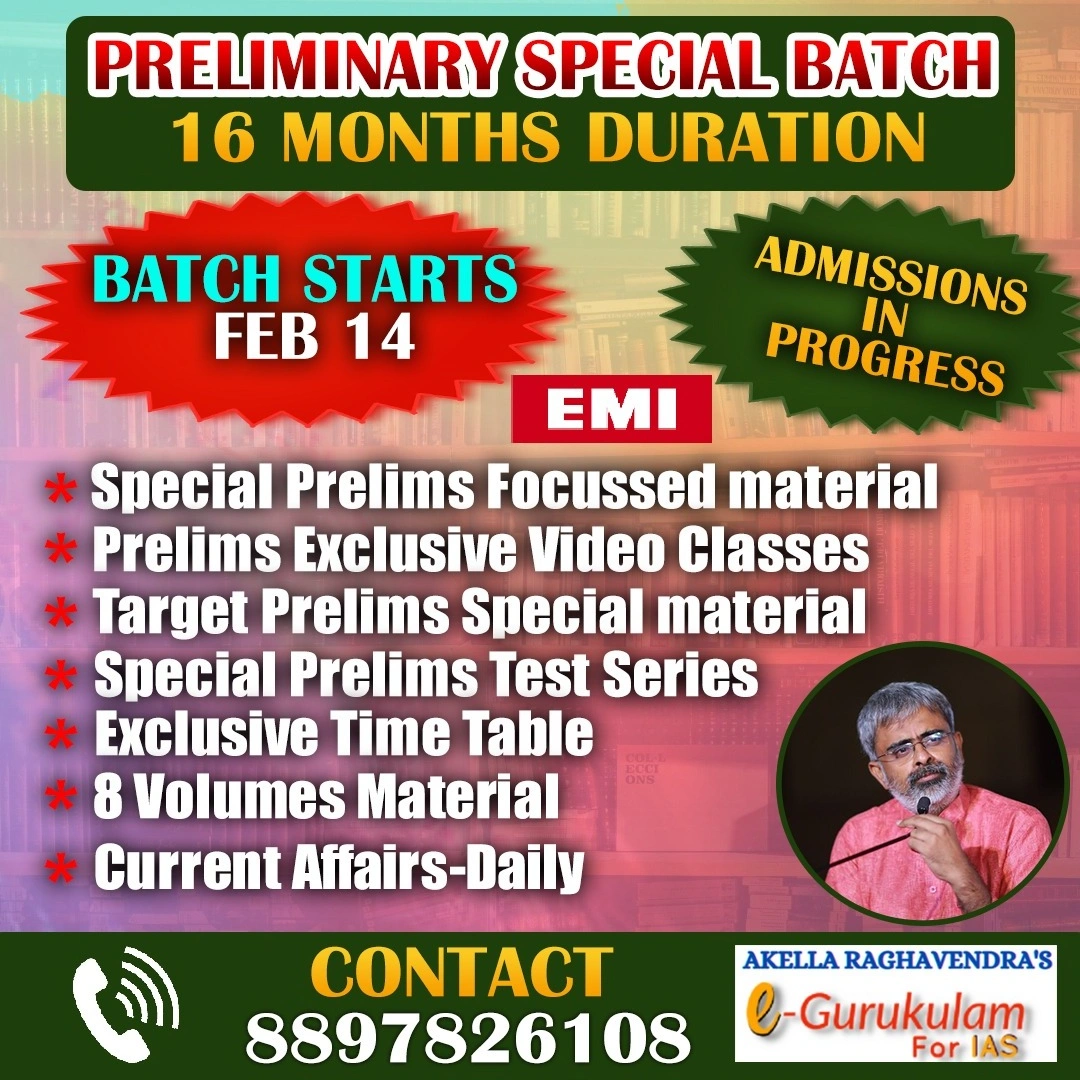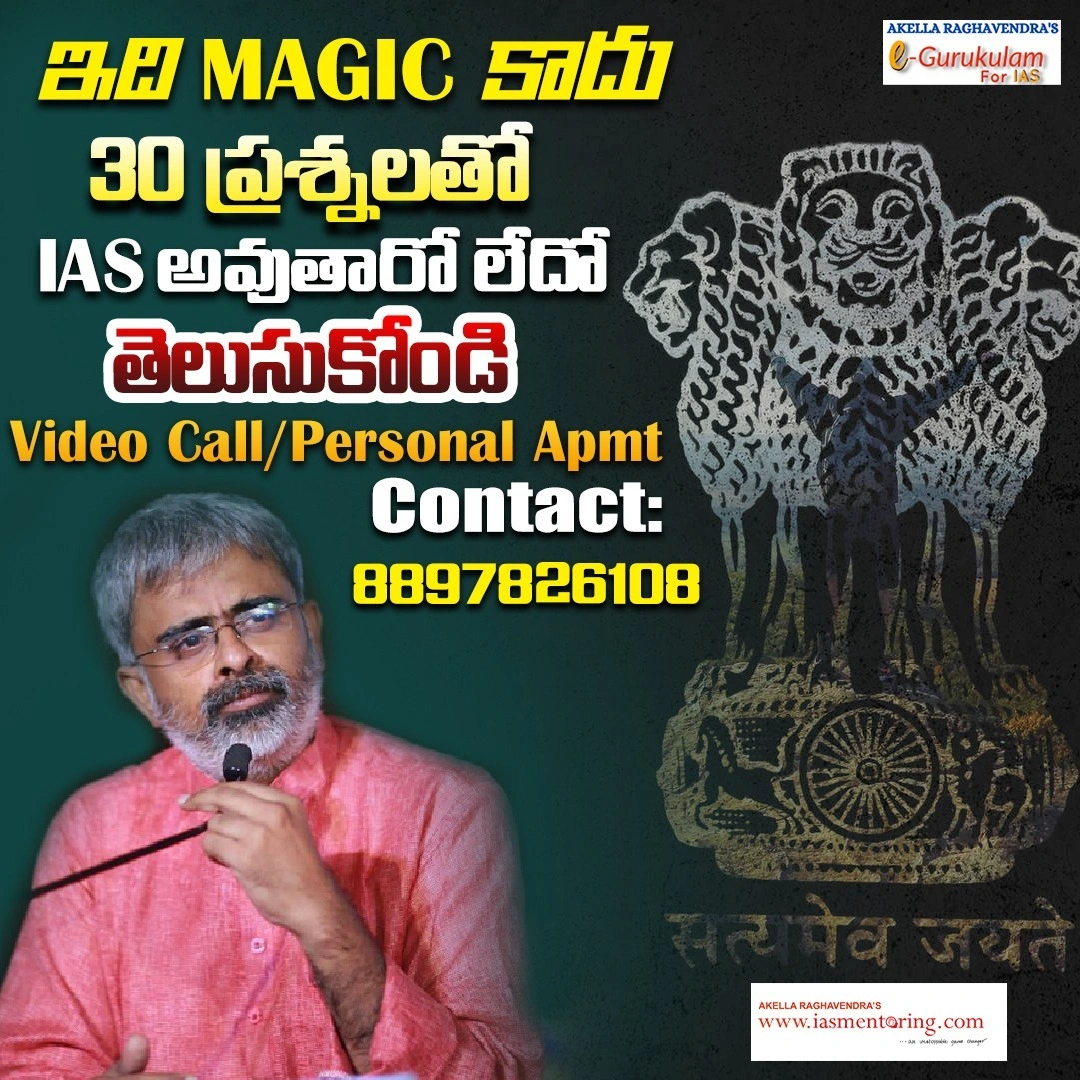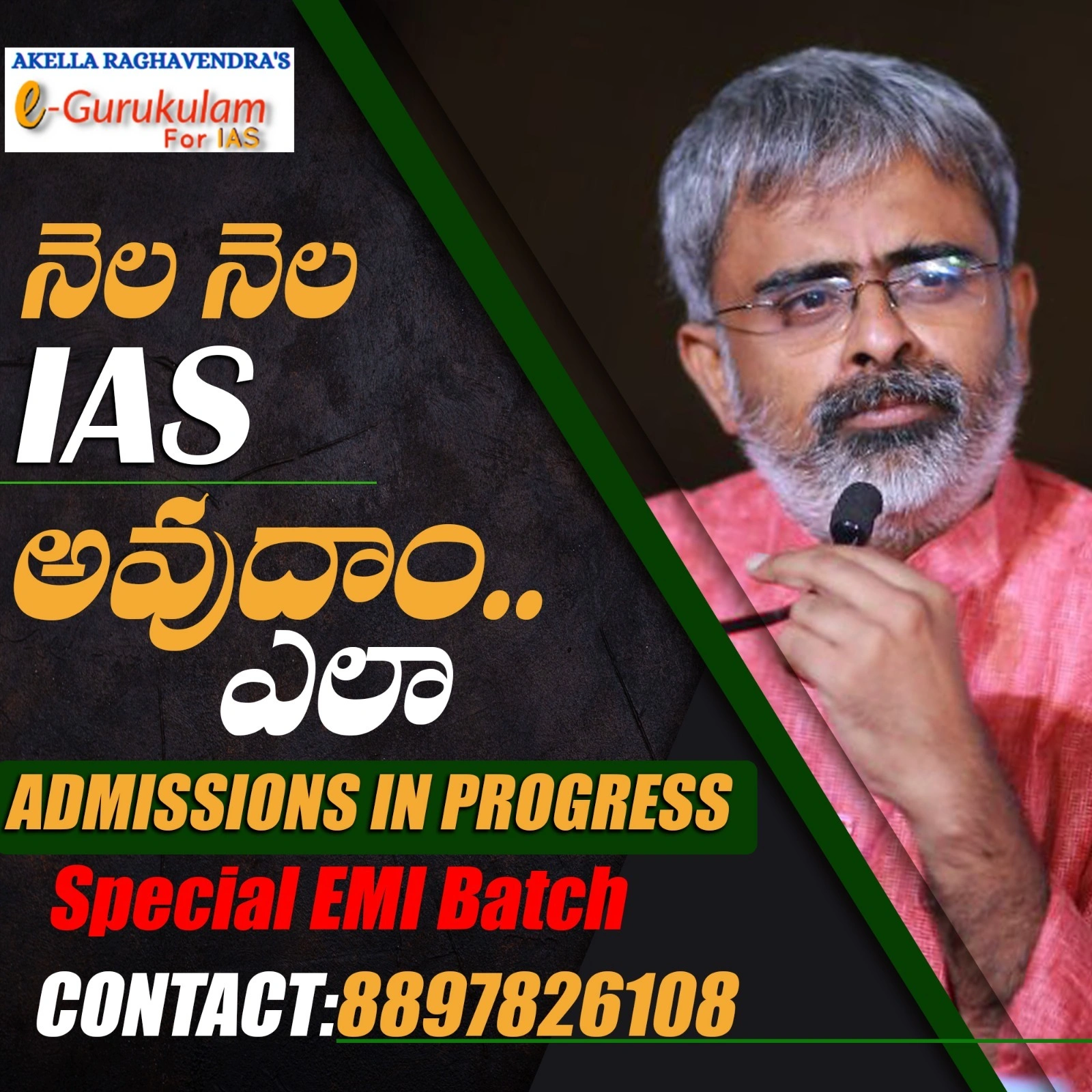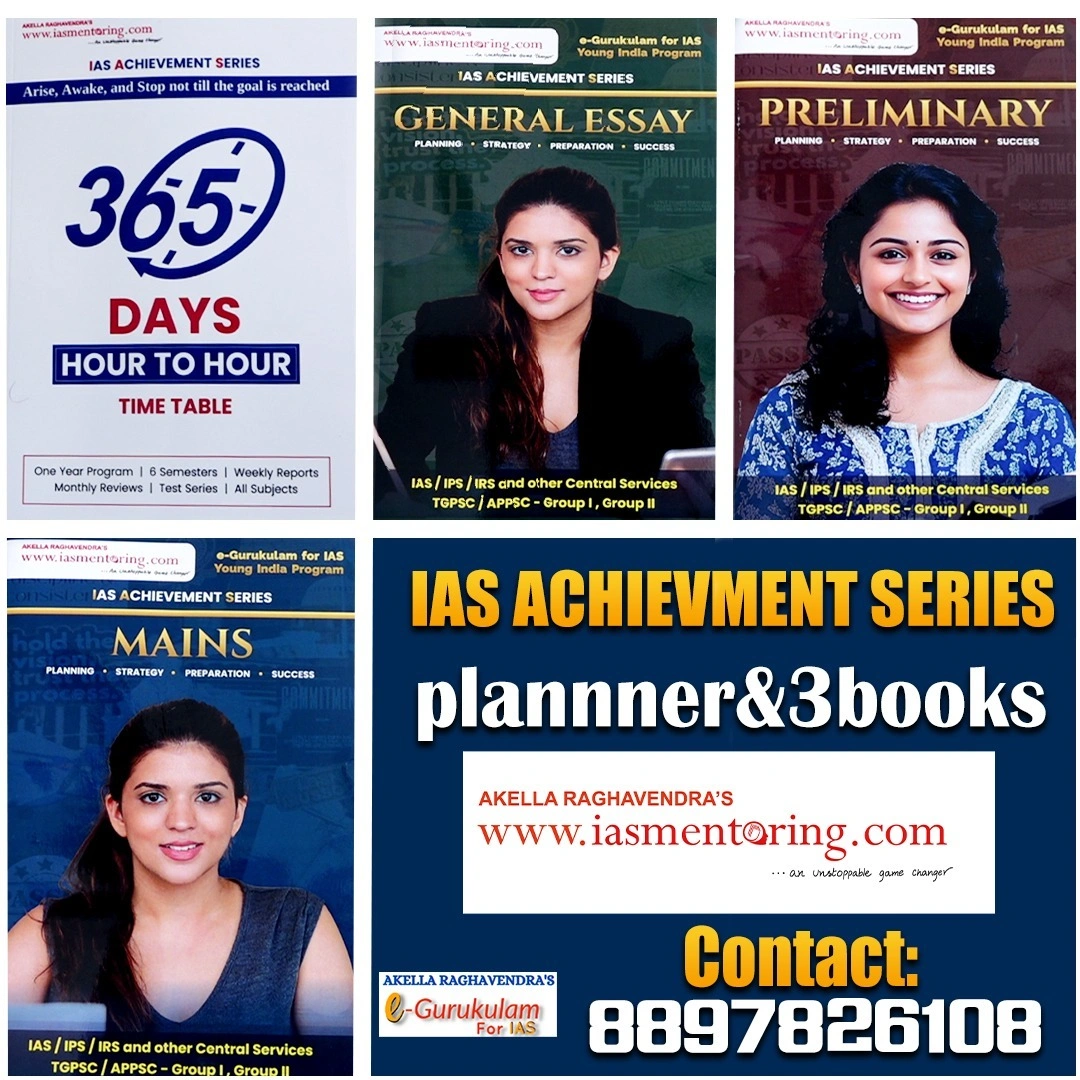History of Prime Ministers Office
Formation and Early Role (1947–1964): Nehru Era
The Prime Minister’s Office (PMO) of India has grown from a modest secretarial unit at independence into the nerve center of national governance.
- Established in 1947 as the Prime Minister's Secretariat (PMS), it was initially a low-profile office intended to assist the Prime Minister with routine administrative support.
- Nehru relied on the Cabinet system for governance and used the PMS mainly for personal assistance.
- Though his Principal Secretaries (like H.V.R. Iengar, M.O. Mathai) had influence, they did not function as power centers.
- Major decisions were made collectively by the Cabinet, not by the PMS.
Strengthening the PMS (1964–1977): Shastri & Indira Gandhi Era
- Lal Bahadur Shastri gave the PMS statutory status through the Allocation of Business Rules in 1964, making it a formal part of the government.
- Appointed K. Jha as Secretary to the PM – a move that elevated the office’s power.
- Jha’s influence in foreign policy and economy began to rival the Cabinet Secretariat.
- Indira Gandhi (1966 onwards) centralized power further.
- Appointed N. Haksar (Principal Secretary in 1971), who coordinated policies like bank nationalization and the Bangladesh War strategy.
- The PMS became a “super agency”, often bypassing ministers and acting as a parallel government.
- Critics accused Indira of using PMS to establish personal rule, weakening civil service neutrality and Cabinet decision-making.
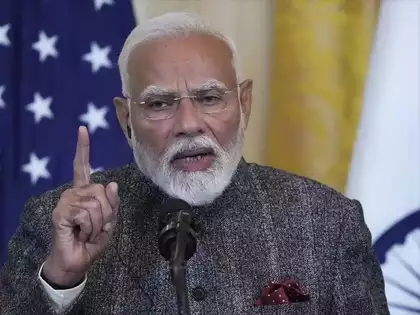
Pushback and Renaming (1977–1980): Janata Government
- Under Morarji Desai, the PMS was renamed Prime Minister’s Office (PMO).
- The Principal Secretary post was abolished and Cabinet Secretariat primacy was restored.
- This was a short-lived corrective phase—but the idea of a strong PMO was already established.
Revival and Expansion (1980–1989): Indira’s Comeback & Rajiv Gandhi
- Indira (1980 return) reappointed Principal Secretaries and used the PMO for oversight of events like:
- 1982 Asian Games
- Punjab Security issues
- Rajiv Gandhi modernized the PMO post-1984:
- Launched National Technology Missions (e.g., telecom, literacy).
- Appointed Sarla Grewal as India’s first woman Principal Secretary.
- Brought in technocrats like Sam Pitroda.
- Despite modernization, scandals like Bofors and frequent reshuffles weakened PMO stability.
Coalition Era (1989–1998): Reduced Role
- During the terms of P. Singh, Deve Gowda, Gujral, etc., the PMO had a minimal assertive role.
- Prime Ministers depended on consensus-building, not central authority.
- Even under V. Narasimha Rao, the PMO stayed in the background—ministries drove key reforms (like LPG reforms).
Reassertion of Authority (1998–2004): Vajpayee Era
- PMO’s power was restored under Atal Bihari Vajpayee.
- Brajesh Mishra held dual roles: Principal Secretary and National Security Advisor.
- He managed foreign affairs, nuclear strategy (Pokhran-II), Kargil War, and diplomatic outreach.
- Strategic advisory bodies like the National Security Council were housed under the PMO.
- A more corporate-style, professional PMO emerged with advisors in media, economy, and security.
Dual Power Structure (2004–2014): UPA & Manmohan Singh
- PM Manmohan Singh led a consensus-based government with real power held by Sonia Gandhi through the National Advisory Council (NAC).
- PMO focused on implementation, not policy-making.
- Played key roles during:
- India-US Nuclear Deal
- 2008 Mumbai Attacks
- Known as the “remote control” model of governance.
Centralization of Power (2014–Present): Modi Era
- PM Narendra Modi centralized governance through the PMO.
- Cabinet Committees were minimized.
- Ministries act under direct PMO supervision.
- PMO personally oversees major initiatives:
- Swachh Bharat
- Make in India
- Digital India
Key Personalities Who Shaped the PMO
| Name | Role | Key Contribution |
|---|---|---|
|
P.N. Haksar |
Principal Secretary to Indira Gandhi | Centralized policy making; socialist agenda |
|
L.K. Jha |
Secretary to PM Shastri | First to hold Secretary rank in PMO |
|
Brajesh Mishra |
Principal Secretary + NSA | Architect of strategic PMO under Vajpayee |
|
Sam Pitroda |
Tech advisor to Rajiv Gandhi | Launched Telecom Missions |
|
Sarla Grewal |
Principal Secretary | First woman to hold the position |
